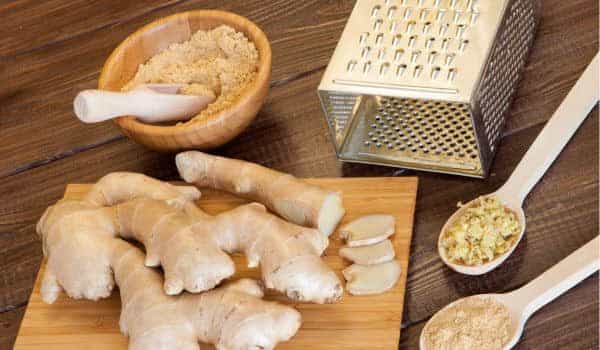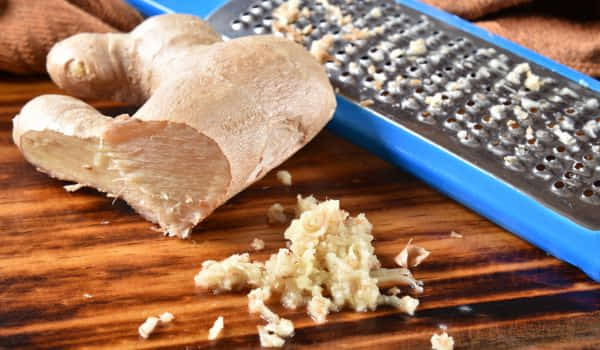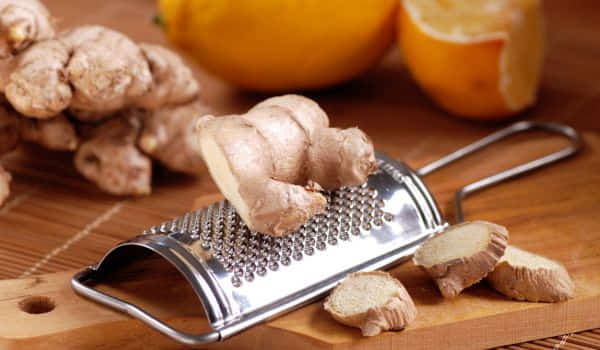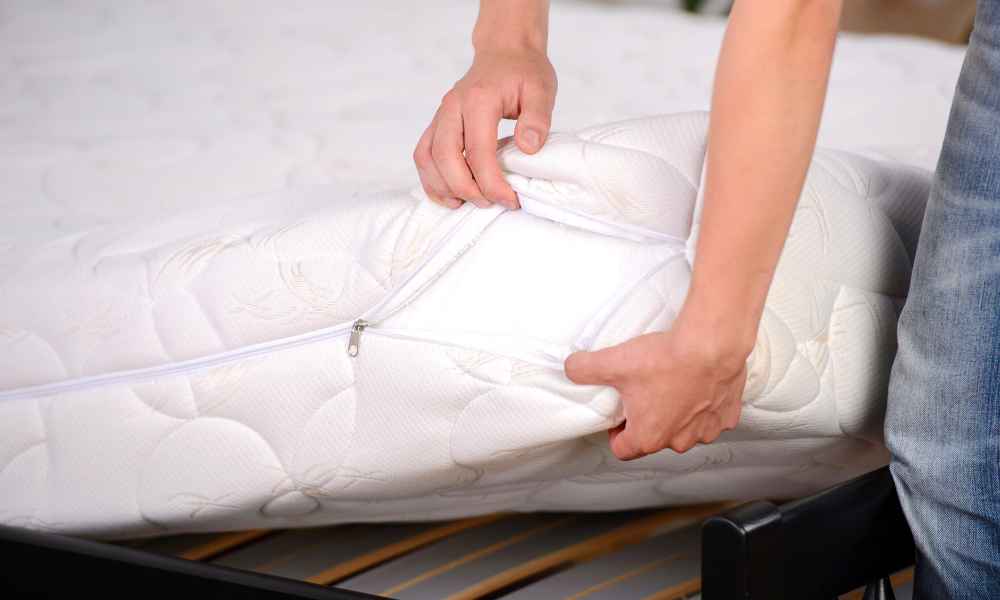Grating ginger is essential in various culinary endeavors, releasing its potent flavor and aroma into dishes. However, when a grater is unavailable, alternative methods become invaluable. Exploring innovative ways to grate ginger without a traditional grater opens up a world of possibilities in the kitchen. Whether using common kitchen tools or employing unique techniques, such as mincing or pounding, there are several efficient alternatives. This article delves into diverse approaches, demonstrating how simple household items or methods can effectively grate zingiber, ensuring the infusion of its distinct essence into culinary creations.
Can I use a spoon to grate ginger if I don’t have a grater?

Spoon Method: Use the edge of a teaspoon to scrape the skin off the ginger. Once peeled, hold the ginger firmly and use the edge of the spoon to scrape and grate the ginger against a cutting board. Continue scraping until you achieve the desired finely grated texture.
Is it possible to use a fork to grate ginger without a grater?

Fork Method: Peel the ginger root with a vegetable peeler or a knife. Then, hold the peeled ginger firmly and use the tines of a fork to grate the ginger by scraping it across the surface. Continue scraping until the ginger is finely grated.
Alternative Techniques

Using a Knife
Grating ginger without a grater can be effectively achieved by using a knife. Begin by peeling the ginger with a spoon or knife to remove the outer layer. Once peeled, slice the zingiber into thin pieces, allowing for easier manipulation. Proceed by finely chopping these slices into smaller, uniform segments. To achieve a paste-like texture, use the flat side of the knife to crush and further mince the ginger. This method offers control over the zingiber’s texture and allows for customization according to specific culinary needs.
Using a Blender or Food Processor
An alternative technique involves utilizing a blender or food processor. Start by peeling and cutting the ginger into smaller pieces for easier blending. Utilize the pulse function on the blender or food processor for controlled blending, enabling intermittent bursts to gradually break down the zingiber. It’s crucial to regularly check the ginger’s consistency during blending to avoid over-processing and ensure the desired texture is achieved. This method provides a finely grated texture and offers convenience in the preparation process.
Using a Garlic Press
Another inventive method to grate ginger involves using a garlic press. Begin by peeling and cutting the ginger into small chunks. Place these ginger pieces into the garlic press and firmly squeeze the press to extract zingiber paste directly. This approach allows for the extraction of ginger essence without the need for a grater, providing a quick and efficient way to incorporate zingiber into various dishes, offering a unique texture and flavor profile.
Tips and Considerations

Choosing the right method based on available tools
Consider the kitchen tools you have available when selecting a ginger grating method. If a grater isn’t accessible, opt for alternative methods such as using a knife, blender/food processor, or garlic press. Assess the tools’ suitability based on convenience, efficiency, and the desired ginger texture for your dish.
Adjusting technique based on desired ginger texture
The texture of grated ginger can significantly impact the dish. Adjust the technique accordingly to achieve the desired texture. For finer grating, opt for methods that involve mincing or crushing with a knife. If a chunkier texture is preferred, use a blender with a shorter blending time or a garlic press.
Ensuring cleanliness of utensils used
Maintaining cleanliness is crucial when grating ginger by alternative means. Ensure that all utensils, especially knives, food processors, or garlic presses, are thoroughly cleaned and dried before use. This prevents any potential contamination and maintains the purity of the grated ginger.
Storing excess grated ginger properly
When grating more ginger than needed, store the excess grated ginger properly to preserve its freshness and flavor. Place it in an airtight container and refrigerate for short-term use. Alternatively, consider freezing the grated zingiber in small portions using an ice cube tray and transferring the frozen cubes to a sealed bag for longer-term storage.
Read More: What Is A Grater
Conclusion
Grating ginger without a traditional grater can be accomplished using various alternative methods. These include utilizing a knife for slicing and mincing, employing a blender or food processor for controlled blending, or leveraging a garlic press for extracting ginger paste. The significance of improvising with available kitchen tools becomes evident in exploring innovative ways to prepare ingredients, showcasing the versatility within culinary practices. Encouraging experimentation with these methods is key, as it allows individuals to discover and refine their preferred technique based on desired zingiber textures and personal cooking preferences, fostering creativity and adaptability in the kitchen.




